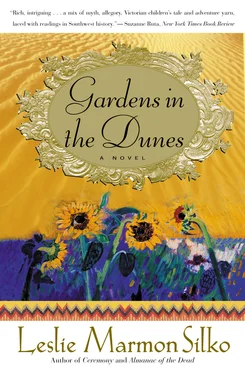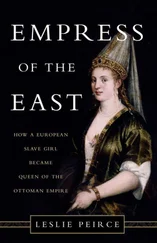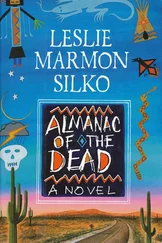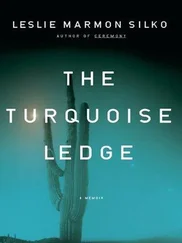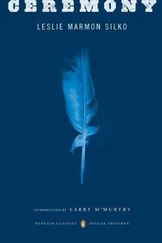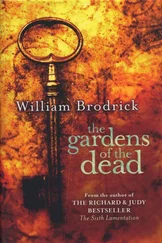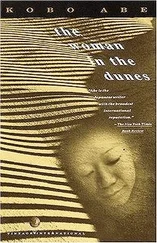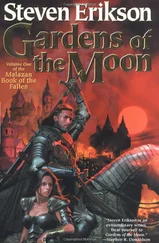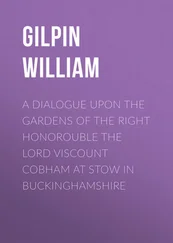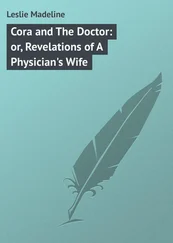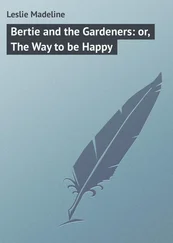Hattie opened the French doors to the balcony to show Indigo the Moorish fountain and garden below, enclosing the back of the villa entirely. In the afternoon light, the surfaces of the blue tile on the fountain and pool were instantly transformed. Indigo was amazed and called out her delight with the intense blue. Bright red bougainvillea crisscrossed the blue tiles of the garden wall. Could they go downstairs and walk through it? Oh wonderful!
Indigo leaned into the mist from the fountain and asked Rainbow how it felt; the parrot fluffed his feathers and opened his beak to catch the mist. The long narrow pool of blue tiles was too shallow for fish. Indigo was disappointed and a bit indignant; what were pools for if not goldfish? Hattie explained: In this instance, the pool’s purpose was refreshment and beauty for the benefit of people. Fish left the water smelly. Indigo frowned. She enjoyed the fishponds in Oyster Bay a great deal.
The terra-cotta pots of lemon trees around the pool’s edge perfumed the air. Indigo was delighted to see green and yellow lemons, and Laura invited her to pick lemons for the custard tomorrow. Great spiked agaves and great python-size cactus were separated from the Joshua trees and big yuccas by the smaller yuccas and aloes of all sorts including a yellow aloe and orange aloe and a red-flowered aloe Hattie had not seen before.
Edward’s attention was on dozens of potted lemon trees around the pool. He hoped he might see the thick scaly rind indicative of Citrus medica , though at a glance they all appeared to be lemons. The professoressa pointed out the old Persian rose he wanted to see; its root base was thick as a small tree but the branches were carefully pruned and small but fragrant red roses bloomed in profusion. Indigo called in a hushed voice for Hattie to see the hummingbird in the big red hibiscus blossom overhanging the pool. Tomorrow they would see the other old gardens in the woods below.
When Indigo was in her room again she took out the notebook and pencil and tried to draw the hummingbird in the big flower. Rainbow shelled sunflower seeds from his perch atop his cage. Indigo already explained to him what Hattie said: they were guests here, and although Aunt Bronwyn welcomed a parrot and told stories about dogs at the dinner table, it would not be polite to bring Rainbow to Laura’s table. When Hattie called her to dinner, Indigo put her face gently against the parrot and whispered for him to wait; she wouldn’t be gone for long.
That evening a wonderful display greeted them as they entered the dining room: a flock of white porcelain swans floated and preened amid white calla lilies and fragrant blue water lilies in the center of the dining table. Each place setting was guarded with smaller swan figures in vigilant postures on silvery white linen. Indigo loved the way her napkin was folded and tied with blue satin ribbon; she had not seen so many glasses and forks and spoons on a table before. She slipped the piece of ribbon into her pocket to give to Rainbow, while Hattie expressed her delight with the swans and Edward asked their age.
The dressing of the table must have required as much time as the preparation of the courses of vegetables and pasta. The professoressa was happy to hear about their visit to the excavations in Bath. She began her studies with Roman antiquities, but the earlier cultures won her over. Hattie described the tin mask, pre-Roman, crude, but quite powerful, which interested the professoressa a great deal because a number of pieces in her collection were figures in masks. Edward preferred to examine the exquisite old glass and porcelain of the place settings, especially the tiny gold cups atop carved marble faces. The professoressa and Hattie carried on a lively conversation about masks and terra-cotta figures of goddesses that were half snake or half bird. How clever the Italians were! Edward thought; if one happened to be bored with the topic of conversation, as he was, one had only to turn one’s attention to the table settings and the centerpiece and decorations for amusement.
After dinner Indigo brought out her color pencils and drawings; Laura asked Indigo if she might look, and Indigo shyly handed her the notebook. Laura nodded and smiled as she looked at Indigo’s drawings and notes on medicinal plants. She got up from her chair, the notebook still in her hand, and opened a drawer in the tall mahogany cabinet. Out came a flat wooden box with a brightly colored label on its top; Laura lifted the lid, and there Indigo saw dozens of pencils in all colors. Would she accept this gift? Indigo looked at Hattie hopefully, and Hattie nodded. Indigo was delighted; now she could draw the flowers with the right colors and make the hummingbird’s feathers purple and green. Laura reached deep into her dress pocket and brought out a small brass pencil sharpener. Edward looked at his watch and told Indigo it was time for bed — she could look over the pencils before the light was put out.
One of the pencils was the color of the dune sand at the old gardens — so pale that the first strokes on the white paper of the notebook were difficult to see. She made a low dune, the dune they called the Dog because it reminded Grandma Fleet of a sleeping dog. Runoff from above accumulated there when the big rains came, and the big sunflowers and biggest datura thrived there with the devil’s claws they used for decorating baskets. She drew the yellow flowers of the silvery blue brittlebushes after a rainstorm in late autumn, when the datura still bloomed but the sunflower petals dried to seeds.
As she washed her face and brushed her teeth, Indigo studied her dark face in the oval mirror of the washstand and laughed at herself because she realized she was forgetting how dark she was because all around her she saw only lighter faces. Grandma Fleet would really laugh and Sister Salt probably would pinch her and tease her for becoming a white girl, not a Sand Lizard girl. She didn’t care. Wait until they saw all the seeds she gathered and the notebook she brought back with the names and instructions and color sketches too.
Later, when they were alone in their room, Hattie remarked at the rapport she felt with the professoressa —she asked them please to call her Laura; she was only a bit older than Edward. She was such an interesting woman — not only a scholar and collector of Old European artifacts, she also hybridized gladiolus. Edward looked up from his newspaper; he would like to see the gladiolus hybrids — they were more interesting than crude artifacts from the fifth millennium.
The calls of three fat crows outside the window woke Indigo the next morning. Rainbow cocked his head to one side to get a better look at them in the top of the big linden tree in the garden. The Messiah and the others might have passed this way not too long before, though one could not be certain. She looked down into the garden at the rushing water of the fountain and all the shrubs for shade; probably the crows lived here.
Indigo did not think Laura would mind if she and her parrot walked about the house or went into the garden, but Hattie did not want Indigo to go alone; so she waited by the window with Rainbow in the room until she heard their voices from their room down the hall.
After breakfast Laura excused herself to find the rubber garden shoes for them; the garden restoration left a good deal of clayish mud that stuck to ordinary shoes. What a wonderful story Laura told as they changed to their garden shoes, about the first time she visited the abandoned villa among the great trees. Foreigners, relations of Napoleon’s sister, owned the property for more than a century, and the local people stayed away. Rumors told of monsters and strange sounds and lights coming from the old woods. The foreigners and their guests came every summer, then suddenly they came no more.
Читать дальше
